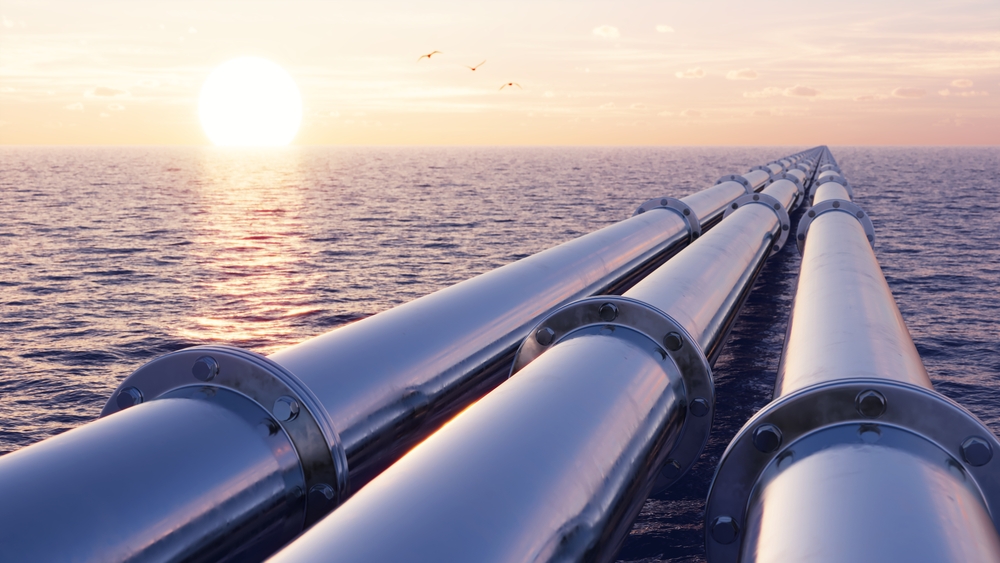Approximately 95% of Iranian oil shipments pass through this island.
Others are reading now
Iran’s Kharg Island, a small landmass in the Persian Gulf, has become a focal point in the escalating conflict between Israel and Iran.
95% Pass Through
Despite its size of only 24 square kilometers (9.3 square miles), Kharg plays an outsized role in Iran’s economy as a critical hub for its oil exports. Approximately 95% of Iranian oil shipments pass through this island, making it a tempting target in the rising regional tensions, according to El Economista.
The strategic importance of Kharg lies not only in its export capacity but also in its proximity to the Strait of Hormuz, one of the world’s most vital oil transit routes.
Nearly a third of the global oil trade flows through this narrow passage, amplifying the impact any disruption could have on energy markets. Currently, Brent crude prices have risen to around $75 per barrel, up from $70 earlier in the week, driven by fears of an attack on Kharg or Iran’s broader oil infrastructure.
Also read
Hit in Iran-Iraq War
Analysts have warned that a targeted strike on Kharg could spark broader geopolitical fallout.
During the Iran-Iraq War (1980-1988), Iraq repeatedly bombed Kharg in an attempt to cripple Iran’s oil exports. Despite these attacks, the island’s facilities remained largely operational, showcasing Iran’s resilience in maintaining its oil lifeline.
As tensions mount, the potential for a similar scenario has increased. RBC Capital Markets strategists speculate that Iran might even strike its own oil infrastructure to internationalize the crisis if the situation escalates into full-scale conflict.
Given Kharg’s role as a key node in Iran’s energy network, any disruption could send shockwaves through global oil prices, complicating the delicate balance of international energy markets and sparking broader economic consequences.


